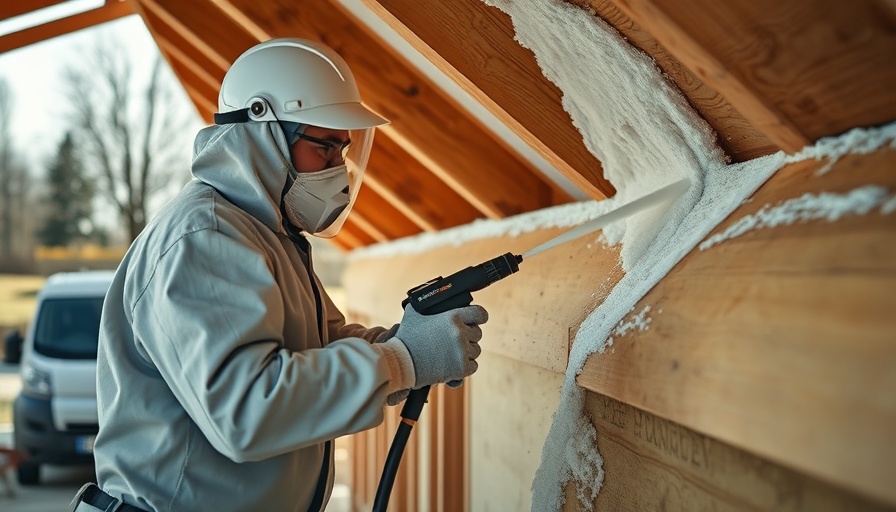
Understanding Roof Ventilation: Ridge Vents vs. Gable Vents
When it comes to regulating your home’s attic temperature and preventing moisture buildup, the choice between gable vents and ridge vents can make a significant difference. Both roofing solutions are designed to enhance air circulation, yet they each offer unique advantages and disadvantages that can impact your home's efficiency and comfort.
What Are Gable Vents?
Gable vents, typically located at the peak of the gable ends of a roof, promote airflow by allowing hot air to escape and fresh air to enter. This passive ventilation method can be quite effective in homes with a traditional architectural style, particularly in moderate climates.
While they are less expensive and simpler to install than ridge vents, gable vents are not without their flaws. They can allow rainwater in during storms and don’t prevent pests from entering the attic space. Additionally, uneven airflow can occur without adequate soffit vents, which are crucial for drawing cool air in and pushing hot air out.
The Efficiency of Ridge Vents
Installed along the peak of a roof, ridge vents are designed for continuous ventilation, utilizing natural convection to draw out hot air continuously while allowing cooler air to enter through soffit vents. This system generally provides better airflow compared to gable vents, which is essential for controlling humidity and reducing the risk of mold growth.
Although ridge vents tend to be more expensive to install than gable vents, their efficiency can result in lower cooling costs over time. However, it’s important to consider that ridge vents may not be suitable for roofs with complex angles or designs, which can hinder their effectiveness and lead to potential installation challenges.
Making the Right Choice for Your Home
The decision between ridge and gable vents hinges on several factors: your home’s architecture, local climate, and personal preferences. In regions with extreme weather conditions, the durability of ridge vents may prove more beneficial, whereas gable vents could suffice in more moderate settings.
Moreover, it is crucial to understand that combining different types of vents can lead to inefficiencies. For instance, using both ridge and gable vents simultaneously might disrupt airflow, leading to air circulation issues within your attic.
Conclusion: Enhancing Home Ventilation
Whether you lean towards ridge vents for their efficiency or gable vents for their aesthetic appeal and cost-effectiveness, proper attic ventilation is essential for extending the life of your roof and enhancing home comfort. Before deciding, consider consulting with a roofing professional to assess your specific needs and ensure optimal airflow in your attic.
 Add Row
Add Row  Add
Add 




Write A Comment